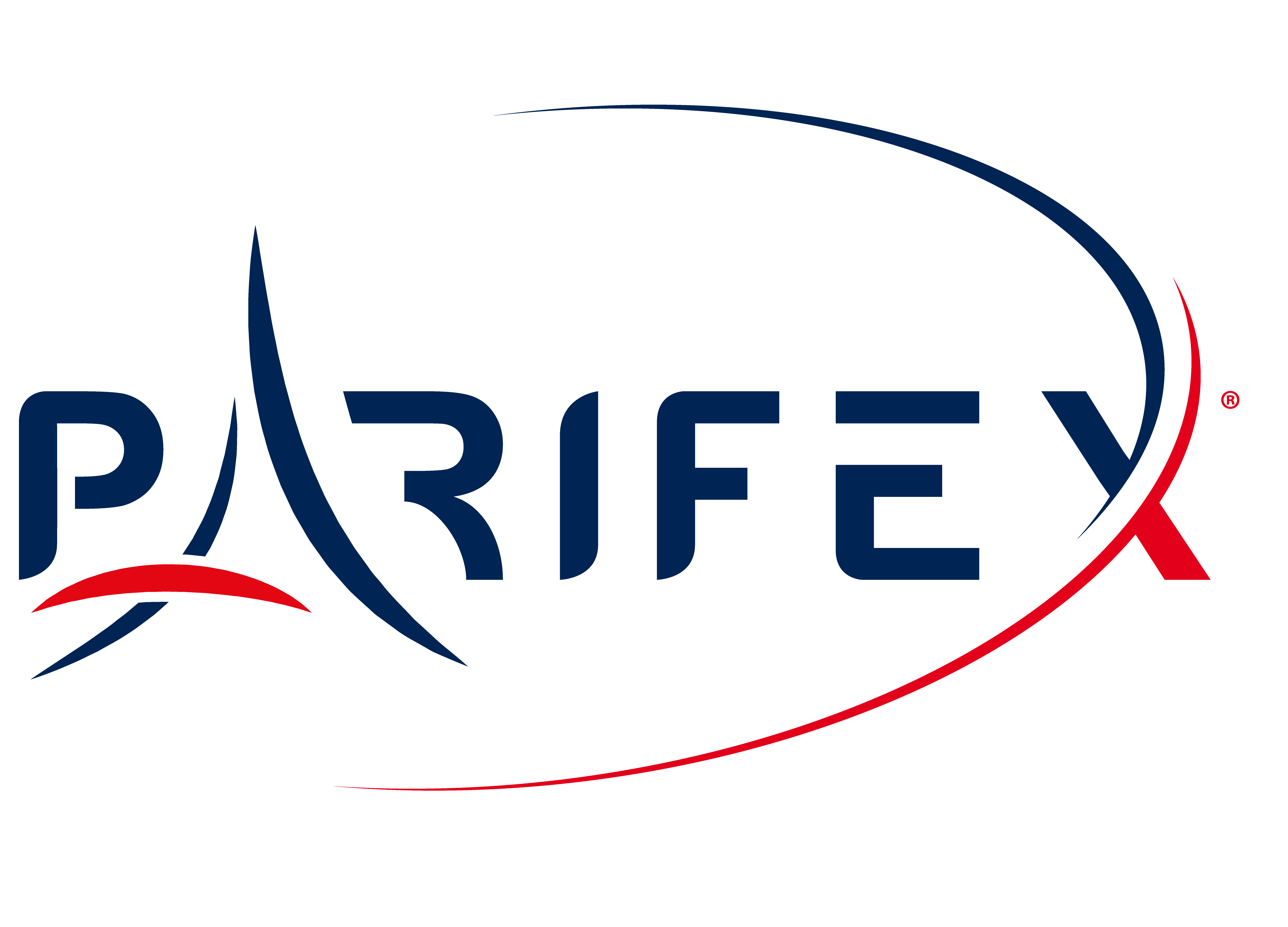Interview With Paul-Henri Renard, CEO of PARIFEX
- Like
- Digg
- Del
- Tumblr
- VKontakte
- Buffer
- Love This
- Odnoklassniki
- Meneame
- Blogger
- Amazon
- Yahoo Mail
- Gmail
- AOL
- Newsvine
- HackerNews
- Evernote
- MySpace
- Mail.ru
- Viadeo
- Line
- Comments
- Yummly
- SMS
- Viber
- Telegram
- Subscribe
- Skype
- Facebook Messenger
- Kakao
- LiveJournal
- Yammer
- Edgar
- Fintel
- Mix
- Instapaper
- Copy Link
Posted: 2 June 2023 | Paul-Henri Renard - PARIFEX | No comments yet
PARIFEX’s Paul-Henri Renard shares his thoughts on the importance of improving road safety and what more needs to be done in this space in order to reduce accidents and casualties, and outlines how PARIFEX can support and enable the necessary safety improvements.


Credit: PARIFEX
Do you think that road safety is an urgent issue?
The situation varies greatly from one country to another. In the particular case of France, the Cour des Comptes recognises that enormous progress has been made over the last few decades in its report on public road safety policy in 2021. Indeed, we have gone from more than 18,000 deaths on the country’s roads in 1972 to less than 3,500 today.
However, they warn that the results are stagnating. Since 2013, the number of deaths has stopped falling and France’s position in relation to its European neighbours has deteriorated, falling from seventh to 14th place in 10 years. Some countries – such as Sweden, with its ‘Nollvisionen’ project – are well ahead in achieving the goal of ‘zero deaths, zero serious injuries’ on the roads. We still have a lot of progress to make in our country. It is, therefore, an urgent matter in France.
What are the main causes of accidents on French roads?
A road accident occurs when an element disrupts the combination of user, vehicle and environment in an irrecoverable way. More than 90% of accidents are the result of a malfunction linked to the user, whether it is a human failure linked to the complexity of the task or a deliberate refusal to respect the rules.
Excessive or inappropriate speed is the leading cause of fatal accidents. The police identify this factor in one in three fatal accidents. For this type of accident, this speed factor occurs more often than average on roads limited to 70km/h, which probably reflects the difficulty for drivers to perceive the specific nature of these sections and to become aware of the associated dangers. It is less present on motorways, where the speed limit is 130km/h.
Driving under the influence of alcohol or drugs is the second most common cause of death on roads, after speeding. In total, 43% of deaths occur in accidents with at least one driver under the influence of alcohol or drugs. It is a scourge that is difficult to eradicate, other than through prevention measures and driver awareness, because we do not currently have a similar technology as automatic speed control. This is evidenced by the number of licence points withdrawn in 2017, where 70% of these were lost for speeding, compared with 0.9% for drug use and 5.2% for driving under the influence of alcohol.
Finally, driving a vehicle requires the driver to be highly concentrated on the task at hand in order to react as quickly as possible and make the right decisions. In France in 2021, the causal factor ‘inattention or use of a telephone or technological distractors’ is identified in 23% of cases. There are several types of distractors (visual, manual, cognitive or auditory) from sources inside or outside the vehicle. In particular, mind wandering, i.e., being lost in thought, is a significant road safety hazard. Studies show that it is present in 25% to 50% of injury accidents, which is huge. According to a multifactorial analysis of accident causes (ASFA) between 2016 and 2020, lack of attention is involved in 15% of fatal motorway accidents. According to the World Health Organisation (WHO), the use of a telephone while driving quadruples the risk of an accident.
What are the most important safety measures to take on the roads, in your opinion?
We can continue to communicate on the dangers of excessive speed, alcohol or drugs at the wheel. But this will not be enough. The evolution of technologies and modes of mobility generates new accident-prone situations”
Given that 90% of accidents are generated by a malfunction linked to the user, it is essential to continue to improve behaviour through awareness and prevention operations. Of course, we can continue to communicate on the dangers of excessive speed, alcohol or drugs at the wheel. But this will not be enough. The evolution of technologies and modes of mobility generates new accident-prone situations. There is, of course, the use of telephones at the wheel, but also multimedia screens in cars, which provide new functionalities for drivers, but which can also generate mental overload in certain cases. As the human-machine interface (HMI) of some vehicles is particularly complex and overloaded, there is an urgent need to simplify the landscape!
It is also essential to educate drivers about the specificities of the different means of mobility and the measures that are taken to facilitate their co-existence. I am struck by the fact that few people really understand the function of the cycle lock and that many are unaware of the penalty for occupying the zone with a car or truck.
Similarly, limiting the road safety debate to the enforcement of speed limits has become counter-productive. As high speeding has become the exception, we now need to focus our efforts on adapting speed to the context and limits of the human body. For example, a human can tolerate a collision with a modern car if the maximum speed is around 30km/h.
If a higher speed is desired in an urban area, the only viable solution is to adapt the infrastructure by separating pedestrian crossings from traffic. To ensure the safety of car occupants, the maximum speed of modern cars is about 70km/h in a frontal impact and 50km/h in a side impact. Speeds above 100km/h can only be tolerated if the infrastructure is designed to prevent frontal and side impacts. And the situation is becoming more complex with the increasing use of bicycles, scooters and other soft mobility.
How does PARIFEX help to improve road safety?
Over the past 15 years, PARIFEX has delivered more than 500 speed cameras to enforce the limits set to ensure the safety of motorists and the flow of traffic. Our innovation activities have made us pioneers – for example, with our PARIFEX Double-Side VIGIE speed camera – in new technologies, such as the identification of the offending vehicle when the road is multi-lane, the classification of the vehicle to apply the correct speed limit or the taking of pictures from the front and the rear of the vehicle to also identify offending two-wheelers.
More recently, we have developed a multi-infraction PARIFEX NOMAD solution that is capable of monitoring both speed limit compliance and red light running. This equipment operates non‑invasively, without the need to install loops or strips in the roadway of the intersection. The camera visually monitors the signal heads, which means that it is not necessary to physically connect the traffic lights to the monitoring system, which is a significant advantage for towns that want to equip themselves with this system.
All of these mature solutions are a daily support to the state’s operations to improve compliance with the rules of the road. Without revealing any secrets, I can tell you that our work is now moving towards innovative technologies that will further improve responsible behaviour on the roads to facilitate the co-existence of trucks, cars, motorbikes, cyclists, pedestrians, etc. on the roads.
In parallel to these new features, we are also working on the privacy and energy efficiency of our products. The use of a 3D-LiDAR sensor to detect the presence of vehicles allows us to activate our camera and infrared projector only when an offending vehicle is present, which avoids filming and flooding the environment with light at all times. Similarly, our speed camera cabinets are double walled to allow efficient air circulation, eliminating the need for air conditioning, even in very hot climates. This special design significantly reduces energy consumption and, thus, CO2 emissions.
To find out more about how PARIFEX can support you, please visit: parifex.com












